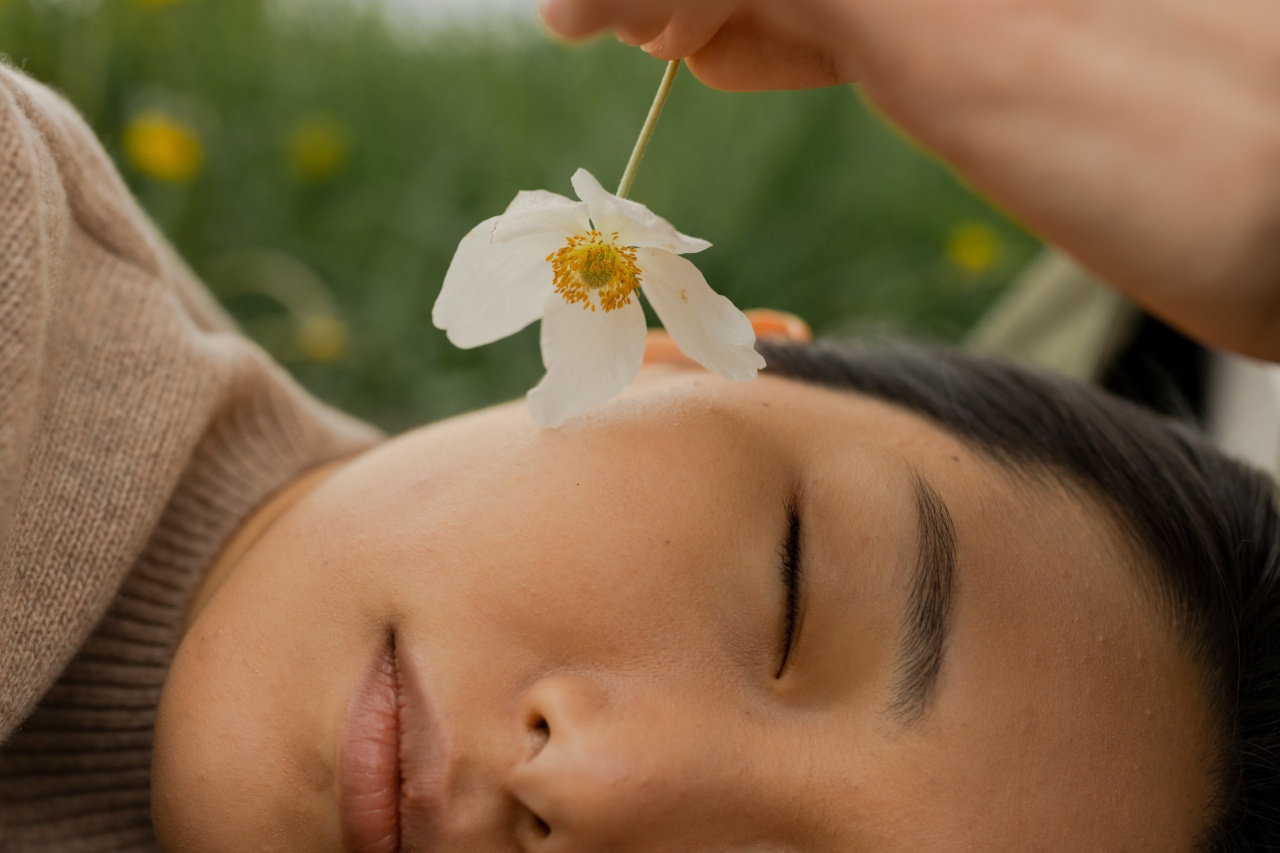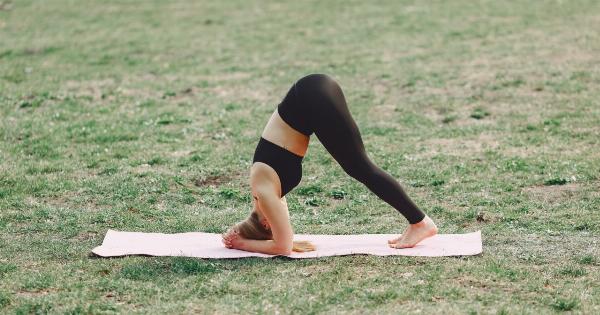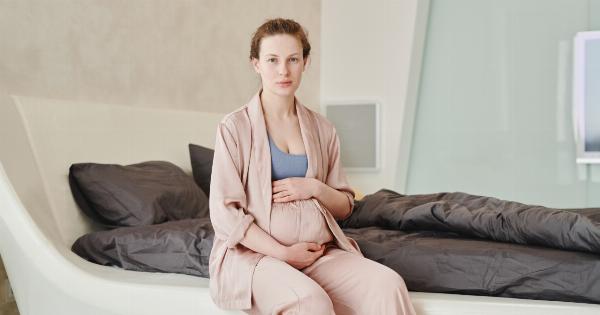Sleeping is an essential activity that helps us recharge our batteries and maintain our physical and mental health. According to the National Sleep Foundation, adults should aim for 7-9 hours of sleep each night for optimal health.
However, the way we sleep can affect the quality of our sleep and the energy we have throughout the day. In this article, we will explore the benefits and drawbacks of side by side, face-to-face, and back sleeping and help you determine which is the best for you.
Side by Side Sleeping
Side sleeping is one of the most popular and recommended sleeping positions. It is characterized by lying on your side, with your limbs stretched out and your head resting on a pillow.
According to sleep experts, side sleeping has numerous benefits, including:.
Reduces snoring and sleep apnea
Side sleeping is often recommended for people who snore or suffer from sleep apnea, a condition that causes breathing difficulties during sleep.
This is because side sleeping keeps the airway open and reduces the likelihood of the tongue sliding back into the throat and obstructing the airway.
Relieves sleep-related pain and discomfort
Side sleeping can relieve pressure on the spine, which can be beneficial for people with back pain. Additionally, side sleeping reduces the likelihood of acid reflux, a condition that causes heartburn, by keeping the stomach below the esophagus.
It can also alleviate pressure on the hips and reduce the likelihood of developing hip pain.
May reduce wrinkles
Side sleeping can reduce the likelihood of developing wrinkles and fine lines on the face, especially if you sleep on a silk or satin pillowcase.
This is because side sleeping reduces the pressure on our face and minimizes the likelihood of developing sleep lines.
However, side sleeping comes with some drawbacks, including:.
May cause shoulder pain
Side sleeping can cause shoulder pain, especially if you sleep on the same side every night. This is because it can compress your shoulder and restrict blood flow to your arm, which can result in tingling or numbness.
May increase jaw tension and TMJ pain
Side sleeping can increase jaw tension and exacerbate temporomandibular joint (TMJ) pain. This is because side sleeping puts pressure on the jaw and can cause tension and pain, especially if you sleep on one side more often than the other.
May cause asymmetry
Side sleeping can cause asymmetry in the body, which can affect posture and cause back pain over time. This is because sleeping on one side can create tension in the neck, spine, and hips and cause imbalances in the body.
Face-to-face Sleeping
Face-to-face sleeping is characterized by lying facing your partner, with your limbs and head positioned in a way that allows you to maintain eye contact. This sleeping position is popular among couples and people who enjoy physical closeness.
However, it comes with some benefits and drawbacks, including:.
Increases intimacy and bonding
Face-to-face sleeping can increase intimacy and bonding between partners. This is because it allows physical closeness and eye contact, which can increase feelings of connection and security.
May lead to better sex life
Face-to-face sleeping can also lead to a better sex life by increasing feelings of intimacy and providing opportunities for physical touch and affection.
Additionally, it can reduce anxiety and promote relaxation, both of which can improve sexual function.
May disrupt sleep
Face-to-face sleeping can disrupt sleep by causing movement and noise that can wake both partners up. Additionally, it can make it harder to get comfortable and may cause sweating and discomfort.
May exacerbate allergies and asthma
Face-to-face sleeping can exacerbate allergies and asthma by increasing exposure to allergens, dust, and pet dander. Additionally, it can make it harder to breathe if you or your partner snore or have sleep apnea.
Back Sleeping
Back sleeping is characterized by lying on your back with your limbs straight and your head resting on a pillow. This is a relatively uncommon sleeping position, with only 14% of adults sleeping on their backs according to the National Sleep Foundation.
However, back sleeping comes with numerous benefits, including:.
Reduces snoring and sleep apnea
Back sleeping can reduce snoring and sleep apnea by keeping your airway open and preventing the tongue from sliding back into the throat and obstructing the airway.
Additionally, it can reduce the likelihood of developing acid reflux by keeping the stomach below the esophagus.
Prevents wrinkles and fine lines
Back sleeping can prevent wrinkles and fine lines by reducing the pressure on the face and minimizing the development of sleep lines. It can also prevent acne and skin irritation by reducing the likelihood of sweat and oil buildup on the skin.
May improve posture and reduce back pain
Back sleeping can improve posture and reduce back pain by keeping the spine, neck, and hips in a neutral position and reducing tension and pressure on the muscles and joints.
However, back sleeping comes with some drawbacks, including:.
May exacerbate snoring and sleep apnea
Back sleeping may exacerbate snoring and sleep apnea in some people, especially if they have excess weight or a large neck circumference.
This is because back sleeping can cause the tongue and soft tissues to collapse into the airway and obstruct breathing.
May cause sleep paralysis and nightmares
Back sleeping may cause sleep paralysis and nightmares in some people. This is because sleeping on your back can increase the likelihood of experiencing sleep paralysis and vivid nightmares, especially if you have a history of these conditions.
May cause discomfort and pressure points
Back sleeping may cause discomfort and pressure points, especially if you sleep on a firm mattress or with unsupportive pillows.
This is because back sleeping can cause pressure on the shoulders, hips, and lower back, which can result in pain and stiffness.
Conclusion
The way we sleep can affect our health, comfort, and overall well-being. Side by side, face-to-face, and back sleeping all have their benefits and drawbacks, and the best sleeping position for you depends on your individual needs and preferences.
If you snore or have sleep apnea, side sleeping may be the best option for you, while back sleeping may be more beneficial if you have back pain or acid reflux. Face-to-face sleeping may promote intimacy and bonding but can disrupt sleep and exacerbate allergies and asthma.
Regardless of your preferred sleeping position, it is important to prioritize quality sleep and create a sleep environment that promotes relaxation and comfort.




























